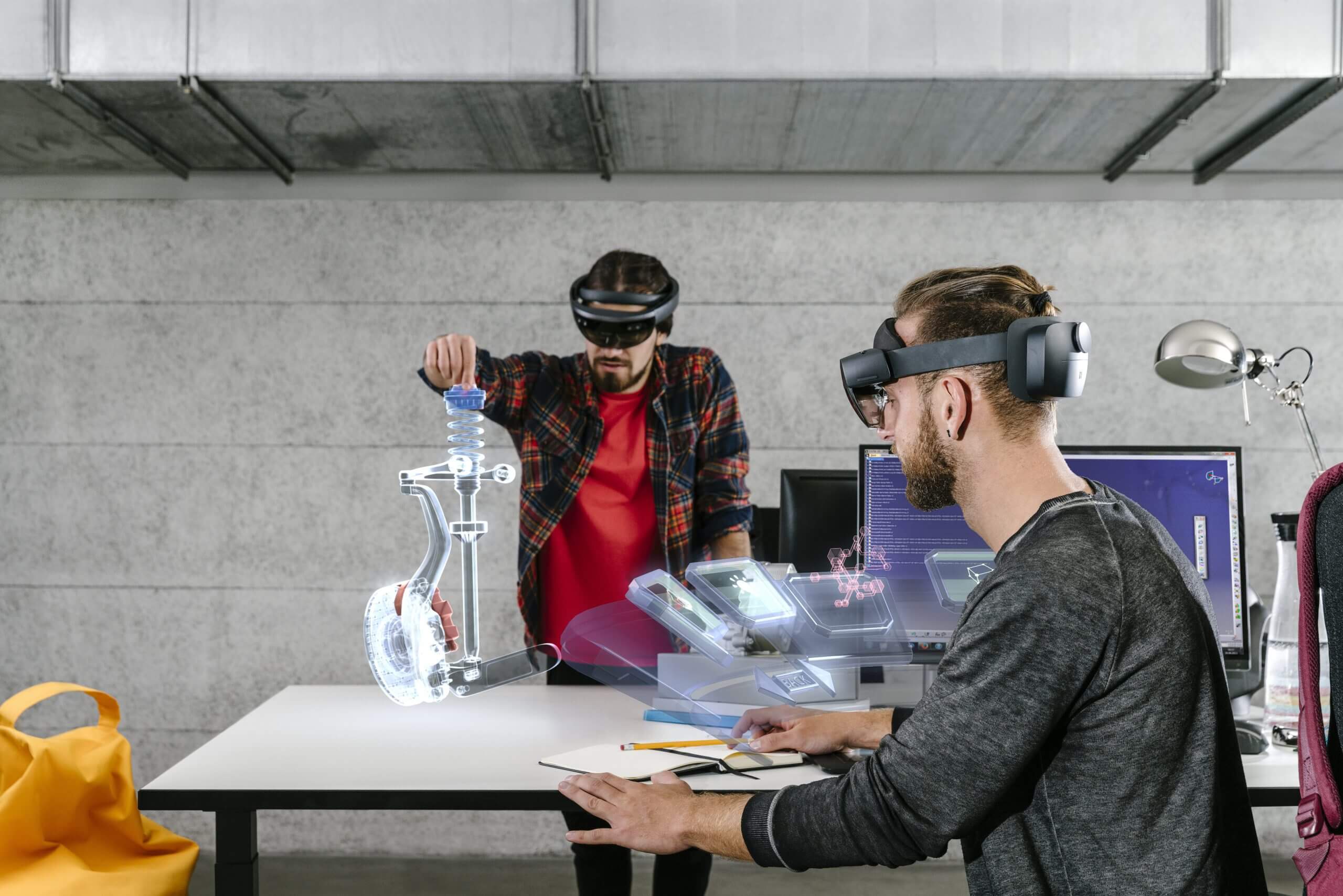3 Ways of Improving Engineering with Augmented Reality in the Automotive Industry
Facing massive change and competitive pressure, the automotive industry has to take advantage of the digital transformation for its engineering processes. The design and product development phase of cars heavily influences manufacturing costs. From rapid prototyping to global collaboration: Using Augmented Reality technology to visualize and interact with 3D content offers substantial advantages for automotive players.
Rapid Prototyping with Augmented Reality
Car manufacturers and suppliers strive for more efficiency along the entire value chain. As delays and materials cost a lot of money and time, avoiding errors in planning and development is critical. Smooth prototyping in an AR workspace accelerates workflows and reduces costs. With ARES (Augmented Reality Engineering Space), engineers are able to easily visualize the prototype with all its details: For example, a designer can work on an engine or even the whole bodywork of a car without building a single physical model.
Depending on the engineer’s needs, he can view and interact with 3D content in a real environment (e.g. factory hall) or watch it in a blank physical space. Thanks to an intuitive user interface and the known hierarchy tree from a CAD file, the engineer keeps the overview of all elements of the prototype. Within the AR workspace he has the means to do efficient design reviews and can also easily present and discuss his prototype model with other colleagues, even those who work on the other side of the world.
Strong Collaboration
Today, a project often involves employees from different departments or stakeholder groups. Working together from various locations can be a challenge. Oftentimes employees of different teams may talk about the same model, while having a totally different image in mind. The AR-workspace enables tight collaboration via the Multiuser Mode.
Any team member with an AR device like Mircosoft´s HoloLens can dial into an AR-session and see the exact same model just as all other viewers can. This is not only useful for prototyping or factory planning. The Sales or Marketing department could also use the Multi User Mode for presentation purposes.
Interactive Knowledge-Transfer
Fast-moving and complex business operations fuel the importance of knowledge transfer within and across departments. The AR workspace can also serve for training purposes in the form of a process-guided application. For example: An unexperienced specialist is instructed to execute the final inspection of cars. In order to carry out the process in a proper and fast way, the application leads him step-by-step through the process and highlights the necessary automotive parts. In the case of a defect, the specialist is able to take pictures immediately with his AR glasses. A documentation of the inspection is automatically recorded.
Another form of knowledge transfer can be established via Multi User Mode. While working at an assembly line a technician may need to seek an expert’s advice and gather further process-relevant information. Via HoloLens the expert can dial in and basically stand in the production hall together with the worker while giving recommendations.
Curious about all these possibilities? Contact our expert Jannick Hartmann (j.hartmann@holo-light.com) for more information.


